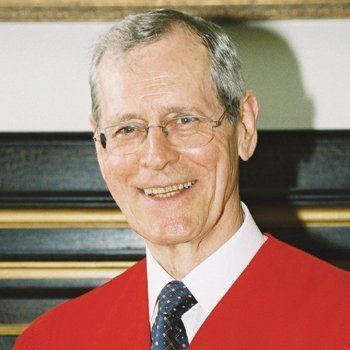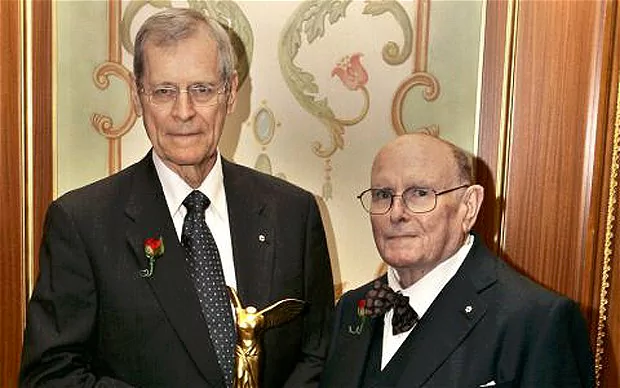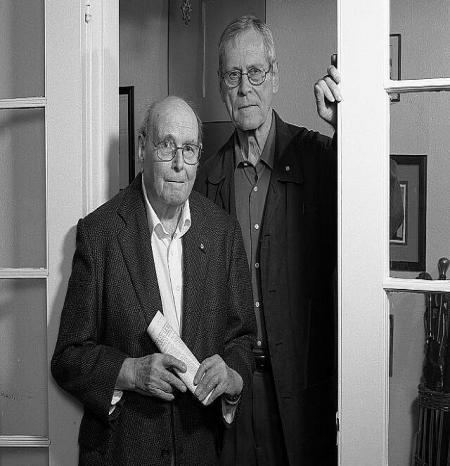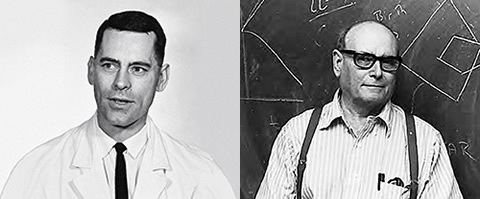Name James Till | ||
 | ||
Awards Albert Lasker Award for Basic Medical Research, Gairdner Foundation International Award | ||
Exclusive best dunk by lebron james till date in the history of cavaliers
James Edgar Till, OC, O.Ont, FRSC (born August 25, 1931) is a University of Toronto biophysicist, best known for demonstrating – with Ernest McCulloch – the existence of stem cells.
Contents
- Exclusive best dunk by lebron james till date in the history of cavaliers
- Lebron james till i collapse mix hd
- Early work
- Stem cells
- Later career
- Honours
- References

Lebron james till i collapse mix hd
Early work

Till was born in Saskatchewan, Canada at Lloydminster, which is located on the border between Saskatchewan and Alberta. The family farm was located north of Lloydminster, in Alberta; the eastern margin of the farm was the Alberta-Saskatchewan boundary.

He attended the University of Saskatchewan with scholarships awarded by the Standard Oil Company and the National Research Council, graduating with a B.Sc. in 1952 and a M.Sc. in physics in 1954. Some of his early work was conducted with Harold E. Johns, a pioneer in cobalt-60 radiotherapy. Till proceeded to Yale University, where he received a Ph.D. in biophysics in 1957. He then became a post-doctoral fellow at the University of Toronto.
Stem cells
Harold Johns recruited Till to the Ontario Cancer Institute at Princess Margaret Hospital shortly after he completed his work at Yale. Subsequently, Till chose to work with Ernest McCulloch at the University of Toronto. Thus, the older physician's insight was combined with the younger physicist's rigorous and thorough nature.
In the early 1960s, McCulloch and Till started a series of experiments that involved injecting bone marrow cells into irradiated mice. They observed that small raised lumps grew on the spleens of the mice, in proportion to the number of bone marrow cells injected. Till and McCulloch dubbed the lumps 'spleen colonies', and speculated that each lump arose from a single marrow cell: perhaps a stem cell.
In later work, Till and McCulloch were joined by graduate student Andy Becker. They cemented their stem cell theory and in 1963 published their results in Nature. In the same year, in collaboration with Lou Siminovitch, a trailblazer for molecular biology in Canada, they obtained evidence that these same marrow cells were capable of self-renewal, a crucial aspect of the functional definition of stem cells that they had formulated.
In 1969, Till became a Fellow of the Royal Society of Canada.
Later career
In the 1980s Till's focus shifted, moving gradually into evaluation of cancer therapies, quality of life issues, and Internet research, including Internet research ethics and the ethics of List mining.
Till holds the distinguished title of University Professor Emeritus at the University of Toronto.
Recently, Till has been a vocal proponent of open access to scientific publications.
Till is an editorial member of the open access journal Journal of Medical Internet Research.
Till is a founding member of the Board of Directors of the Canadian Stem Cell Foundation.
